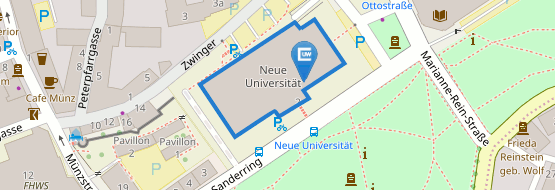Computational Economics
Computational Economics
Goal:
The goal of the course is to introduce students to state of the art computational techniques for quantitative economic research.
Examination:
You will have to prepare an assignment in which you will write code in FORTRAN in a team of no more than two members. On the last day of the course, you will have to solve a programming exam on your own. In this exam, you will be given a FORTRAN code containing a number of programming errors. You have to correct these errors and run the programme. Both the programming exam and the team assignment are marked. The average of the two marks will be your final mark. However, you must pass both tests to complete the course successfully.
Time schedule for classes:
The lecture starts on Monday 20 October 2025 from 14.00-16.00 in room 319 and it will be held weekly. The exercise class starts on Monday 20 October 2025 from 16.00-18.00 in room 319. A set of Lecture Notes will be provided to each student free of charge at the first lecture. This material can (and should) be studied in advance of the relevant lectures.
Detailed course plan:
- Introduction to programming with Fortran 90
- Numerical solution methods: Nonlinear equation systems and function minimization
- The static general equilibrium model
- The life-cycle model and intertemporal choice
- The overlapping generations model: Long-run equilibrium and transitional dynamics
More information, advanced study or preparation:
In case you need more information, want to prepare in advance or study additional material, you can consult selected chapters of the following book, which you can find in the library:
Hans Fehr and Fabian Kindermann (2018): Introduction to computational economics using Fortran, Oxford: Oxford University Press.


